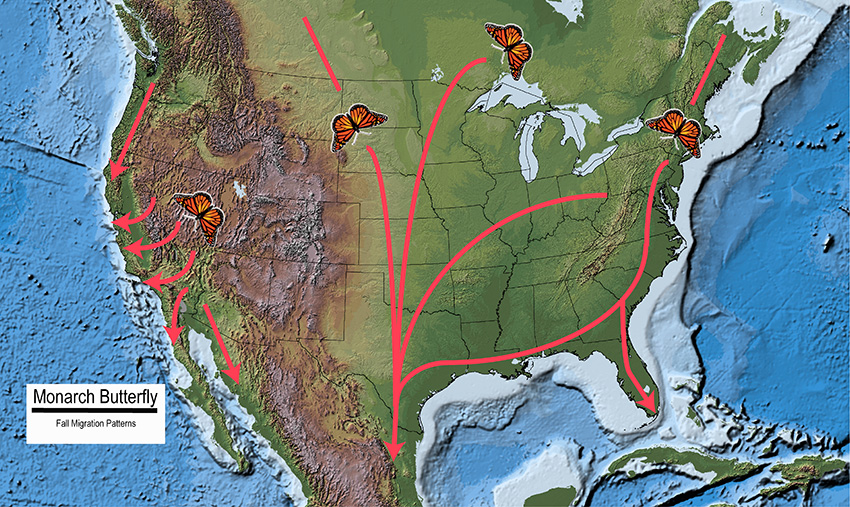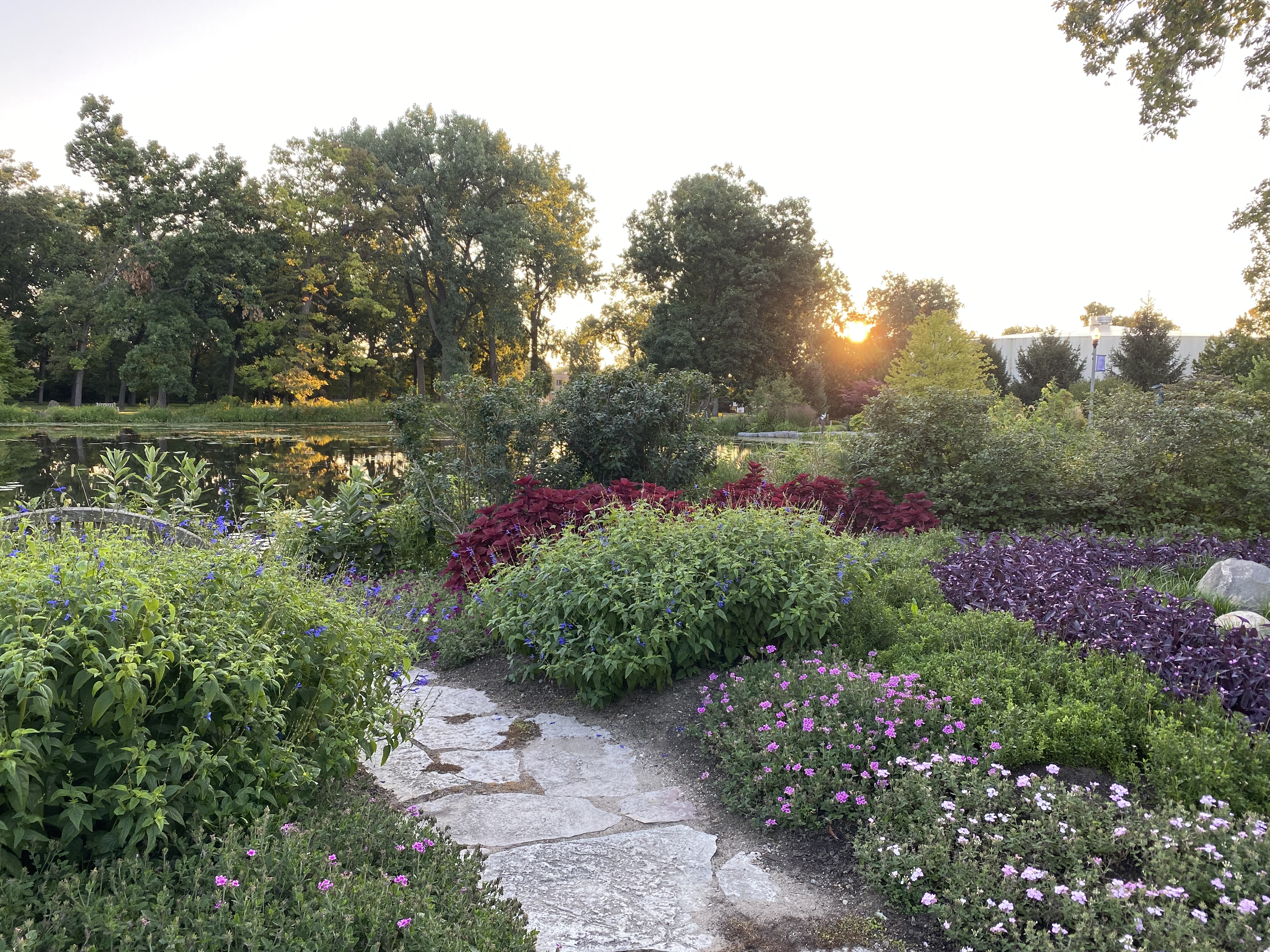Monarch migration: butterflies fly from Michiana to Mexico this month
As we begin September and the countdown to fall, we'll notice some insects and animals preparing for migration. For Monarch butterflies, it's time to fly to sunny, warm Mexico to spend the winter.
With temperatures cooling, butterflies actually get too cold to fly. That's why they have to leave in the fall.
For Monarchs north of us, their migration actually started in mid-August. More butterflies join the migration each week, flowing from north to south. Michiana's peak is typically September 8 through the 20.
Any Monarchs in the eastern half of the United States will eventually meet up in the same portion of the Sierra Madre Mountains in central Mexico.
For the western half of the country, the butterflies spend the winter in southern California.
What's unique about this journey is that none of the butterflies have ever been to Mexico before. They have a life span of about eight to nine months. After butterflies spend winter in Mexico, they return to lay eggs in the southern states in the spring, then die. When the next year's group of butterflies flies to Mexico, they are a completely new group from the one that took the voyage the year before.
It's still a mystery to scientists how they know the way. It is a long journey - the butterflies have to fly 50 to 100 miles each day.
If you'd like to help scientists better understand the journey, you can become a citizen scientist and help track their journey. To take it one more step, click here for joining a butterfly tagging project.
If you don't have time to track the butterflies, but you want to help them, you can plant milkweed in your backyard. This is their favorite food.
Without milkweed, butterflies can't live in that particular region. Just like other pollinators, Monarchs are necessary for the success of our crops.
Megan Abraham is the State Entomologist for Indiana. She says that if you feel you're seeing more butterflies, you might just be around the right plant at the right time.
"Across the board, we're actually seeing fewer Monarchs than we have in the past," Abraham said. "There are some issues the pollinators are starting to have in finding food sources. If more people are planting pollinator friendly plants, then they're more likely to see more Monarchs in that area."
She went on to say that there are multiple crops that couldn't exist without the help from these butterflies, so it is important to help protect them and their food sources when we can.
One place you can see quite a few Monarchs during the summer is Wellfield Botanic Gardens in Elkhart.
If you'd like to visit the gardens for your chance to see a few butterflies before their fall migration, you can find more information here.















